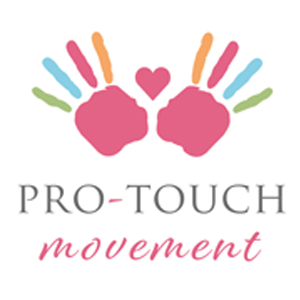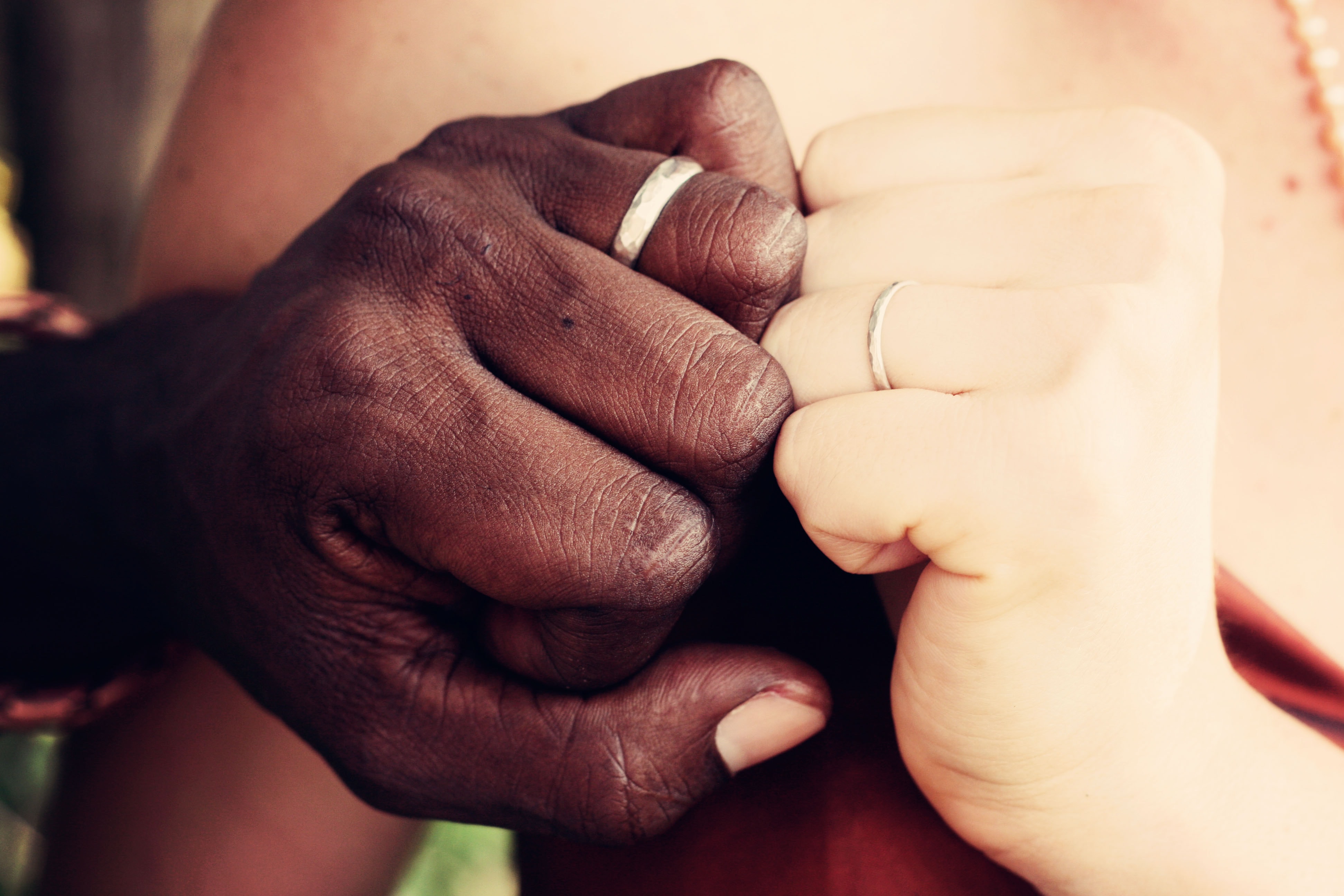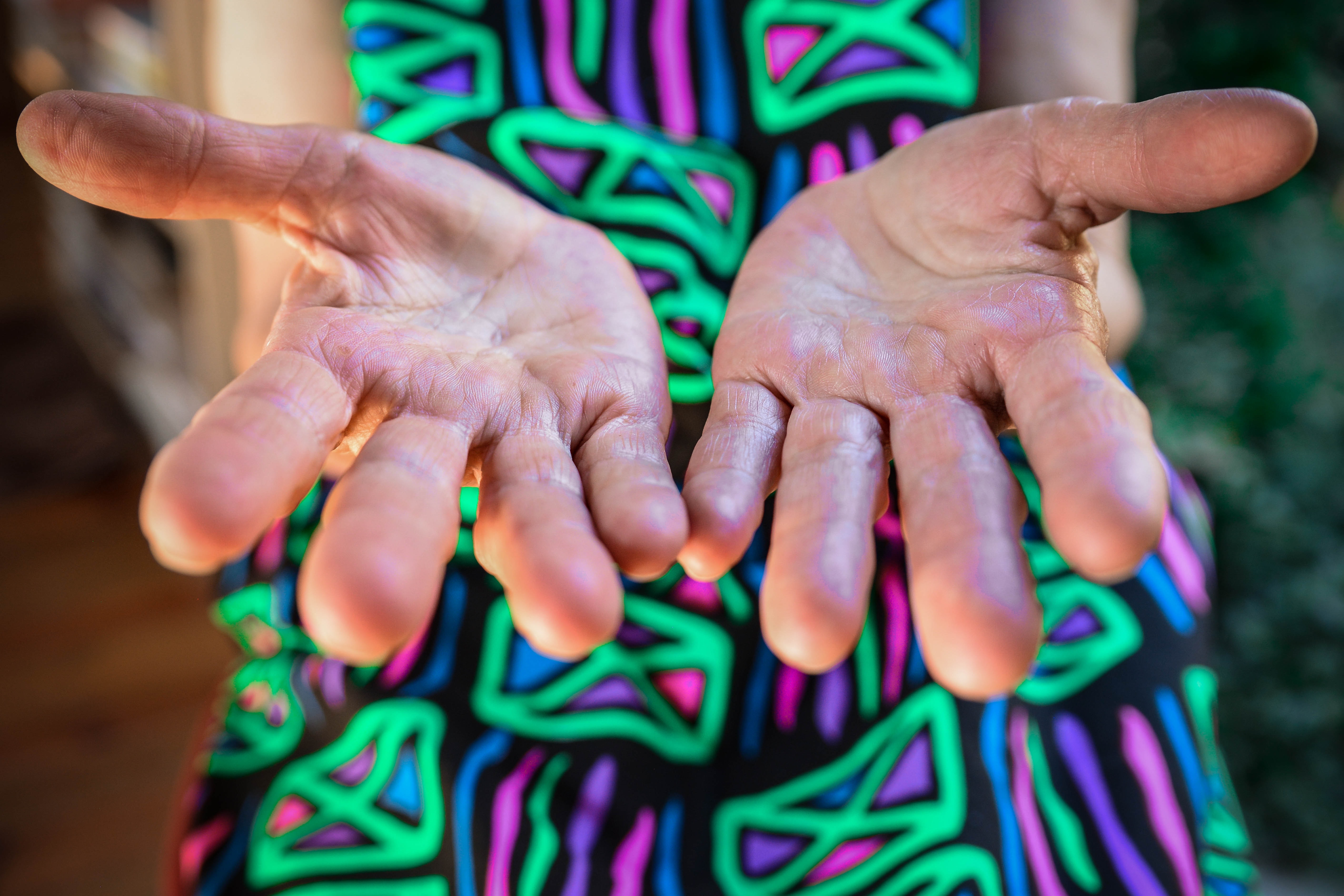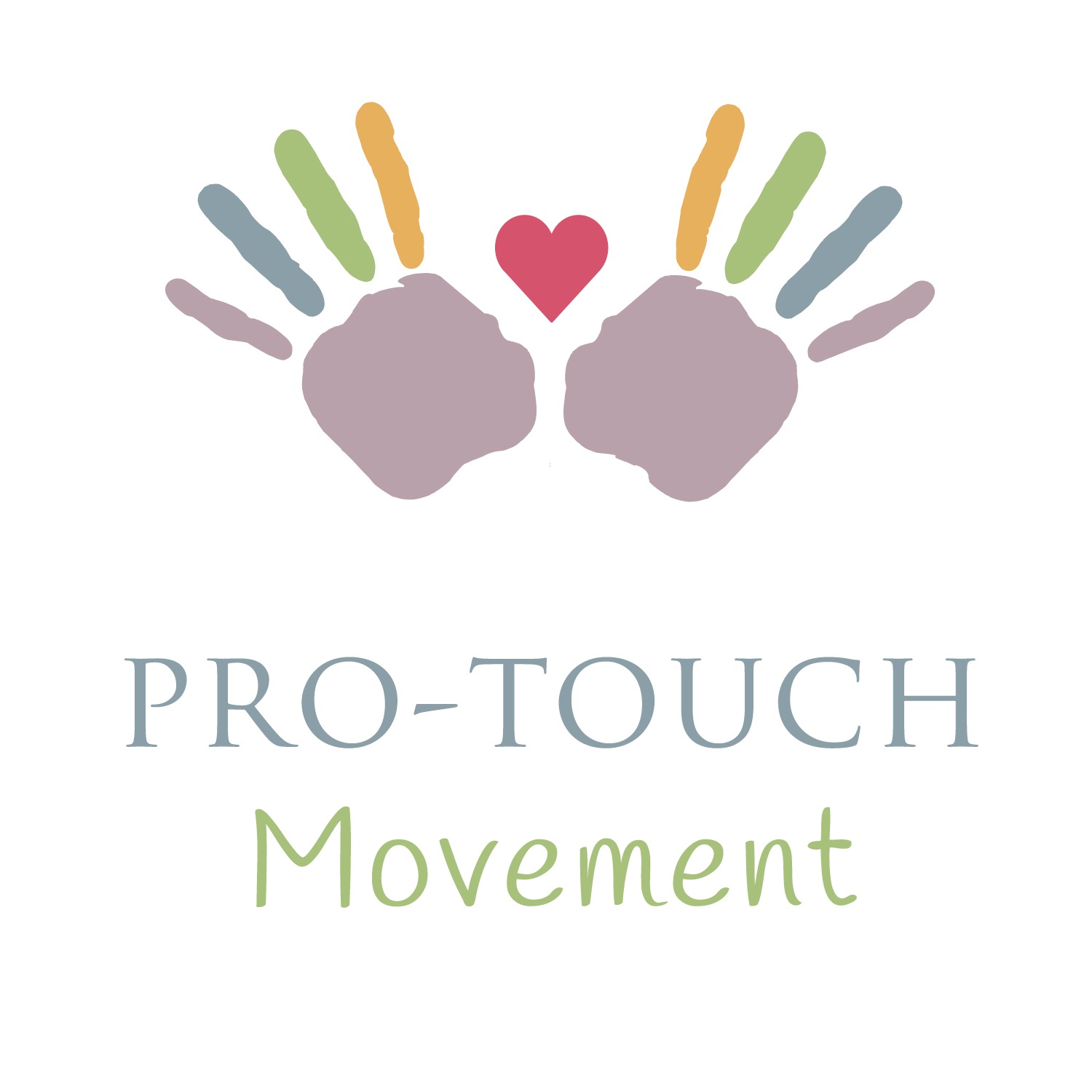Your basket is currently empty.
{{ Checkout.Stage > 1 ? 'Checkout' : 'Basket' }}
{{ item.Size !== null ? "(" + item.Size + ") " : "" }} {{ item.Price | currency:"£" }} {{ item.IncVAT ? 'inc. VAT' : 'plus VAT' }}
Thank you so much for supporting us!
We are donating {{ CharitableDonation | currency:"£" }} from your order to our good causes.

{{ CheckoutVm | json }}
Don't have an account?
{{ item.Price | currency: "£" }}
{{ item.Quantity }}
{{ (item.Price * item.Quantity) | currency: "£" }}
Thank you
A summary of your order has been sent via email.
We will let you know as soon as your order has been despatched.

The Ethics of Touch Sep 12, 2022

Guest feature by Claire Mendelsohn - owner of award winning business Cuddle Professionals International.
Why we touch
If you take a moment to observe people in public you might be surprised at how often they touch — couples holding hands, a friendly back-slap between friends, a couple sitting side by side on a park bench leaning into one another, a friend who touches another’s upper arm while listening intently. Why do we do this? After all, most of the ways we touch are unnecessary for conveying the basic message, and we could easily restrict ourselves only to words. Touch augments our conversations, accenting what we want to communicate, but it is also something much deeper.
Without touch, relationships are less than satisfying. Ask any married couple when one partner is absent for a length of time, people who have loved ones in prison or those who live alone. The absence of touch leaves us yearning and empty.
Conversely, watch the warmth between family members, loved ones outside of prison on the day of release or the power of gentle touches between couples. These touches communicate that “You are safe” and “You are not alone.” These messages are at the very core of healthy human attachments.
There is great precision in touch, and social rules for touch are highly refined. We can touch only certain people in certain ways. At times touch must be invited, but there are other instances when it is expected; to ask for it would be uncomfortable. In my therapy room it may be acceptable for me to briefly put my hand on a student’s shoulder as I provide assistance on a question, but I can’t leave it there very long. And if I move my hand in any direction at all from that shoulder, the touch immediately becomes awkward at the very least, but more likely unwelcome and inappropriate.
Appropriate touch depends on who is touching whom, the genders and ages of each person involved and the relationship between these individuals. Who we touch, what body part touches what body part, how long and with how much pressure — these are the unwritten rules of touch that, under normal conditions, we develop over time in our home cultures. Similar to the way that we manage personal space, we manage touch using unwritten rules that most of us know, yet would have a very hard time articulating.

The importance of touch
We don’t have to look far to discover the importance of touch. Studies going back to the 1800’s demonstrated that babies who were not cuddled beyond their basic needs were more likely to die of fetal failure to thrive. They just didn’t grow.
Attachment theory is built on the importance of touch and has demonstrated that extensive face-to-face and skin-to-skin contact between caregiver and child is important for the bonding process. This is the foundation on which all relationships are built throughout life. Infant massage and the soothing effects of therapy animals are just two more recent areas of touch that are well-documented. Humans are social creatures. We have an innate need to interact with others, and touch is essential to our existence. The difference between good touch and bad touch is timing, place of touch, context and purpose. Touch that communicates giving is healthy. Hugging a crying child who has hurt his or her knee is a giving touch. Physical and sexual abuse are selfish, taking touches.
The physiology of touch
Touch affects us in the right side of our brains. We don’t think it through logically. In both positive and negative ways, we respond to touch instinctively.
In infancy, even before the cerebral hemispheres are fully developed enough to manage language, the brain stem, through the vagus nerve, connects the brain, the heart and the visceral organs of the abdomen. Interesting research known as polyvagal theory proposes that it is this 10th cranial nerve that gives us our “gut feeling” in some situations. Touch stimulates this nerve, which is wired to the amygdala, the central switchboard of our emotions. When touch is “good,” it can stop the release of the hormones that cause stress. Good touch promotes the development of attachment. Bad touch does the opposite. In either direction, these routes are classically conditioned and become our default emotional responses.
Children touch freely and naturally. It isn’t until they are socially conditioned to do otherwise that they change. Unfortunately, that is when children join the ranks of even relatively healthy adults who desire to be touched but don’t know the most effective way to ask for it. In short, we don’t know how to say, “Hold me.”
The ethics of touch in therapy
We don’t have to look far to find a reason to avoid touch in therapy. Some people don’t like to be touched; touch can be self-serving for the therapist; touch can be misinterpreted and blur boundaries; touch is especially risky with some client populations such as the sexually abused.
But I believe there is a place for touch in therapy. I regularly discuss this issue with my holistic therapy students, many of whom already work in the health and caring professions. “I never touch my clients”, most say “But if only I could refer them to someone like you they would really benefit”. After hearing many similar comments I decided to launch my cuddle therapy organisation – or ethical touch therapy, as I prefer to call it. If you choose never to touch your clients you will probably be relatively safe from accusations of impropriety, but you may also cheat them of one of the most powerful tools you have at your disposal.
Therapists do, of course, use appropriate touch to bring healing and comfort to their clients. The general conclusion is that touch is a tool, like any therapeutic tool. To ignore it completely may be unnecessarily limiting to one’s practice. A proper touch in an appropriate way at the appropriate time can be comforting and healing. The question we must ask as therapists is whether touch would be helpful or harmful to our client in any given situation. Touch should be used cautiously, but the key ethical issues are to avoid exploitation, to touch only in ways that are consistent with the therapeutic goals and needs of the client, and to take developmental considerations into account. This approach to touch is consistent with ethical codes from nearly all professional associations.

Therapeutic applications
As an ethical touch therapist I see many people still carrying the pain of childhood abuse with them into their 50’s and 60’s. If bad touch can be so powerful that its effects can be felt for a lifetime, then maybe good touch can be so powerful that it can help heal these hurts.
I believe that therapists can bestow great benefits by carefully using therapist-client touch. For instance, one of my therapy students came to learn hand massage. He went on to use hand massage with children who have been physically abused. Their body memory had taught them that touch is a painful thing. At first, some of them had trouble interpreting touch. Others, sadly, but consistent with the research, felt very little at all, their bodies’ subconscious defence against repeated painful touch. Hand massage was used as counter-conditioning to retrain the body memory of these children to recognise good touch, pleasant connection with another human being and how touch can be a giving behaviour rather than a taking behaviour.
Conclusion
The number of reported cases of abuse today is far beyond what it was 20 years ago, in part because people know what to look for. For the most part, this has been a very good change. However, it has been accompanied by the increased possibility of being sued for abuse or, even worse, charged with a crime and jailed because of abuse allegations. This has led many professionals - teachers, counsellors, psychologists and others - to completely back away and never touch their clients. This is a tragic shift. But as is the case with any tool in therapy, appropriate touch can be a powerful tool for healing. Just as we have learned over the decades about the use of personal space, we can find differences in the meaning of touch based on who is touching whom, in what way, with what frequency and in what context. So, I propose that therapists should re-consider using touch as one of the many tools in their therapeutic toolboxes.
Claire Mendelsohn is the founder of Cuddle Professionals International and the CEO and head tutor of London Therapists, one of the UK’s most established private massage training companies. Claire is blazing the trail for the acceptance of platonic touch as therapy.

